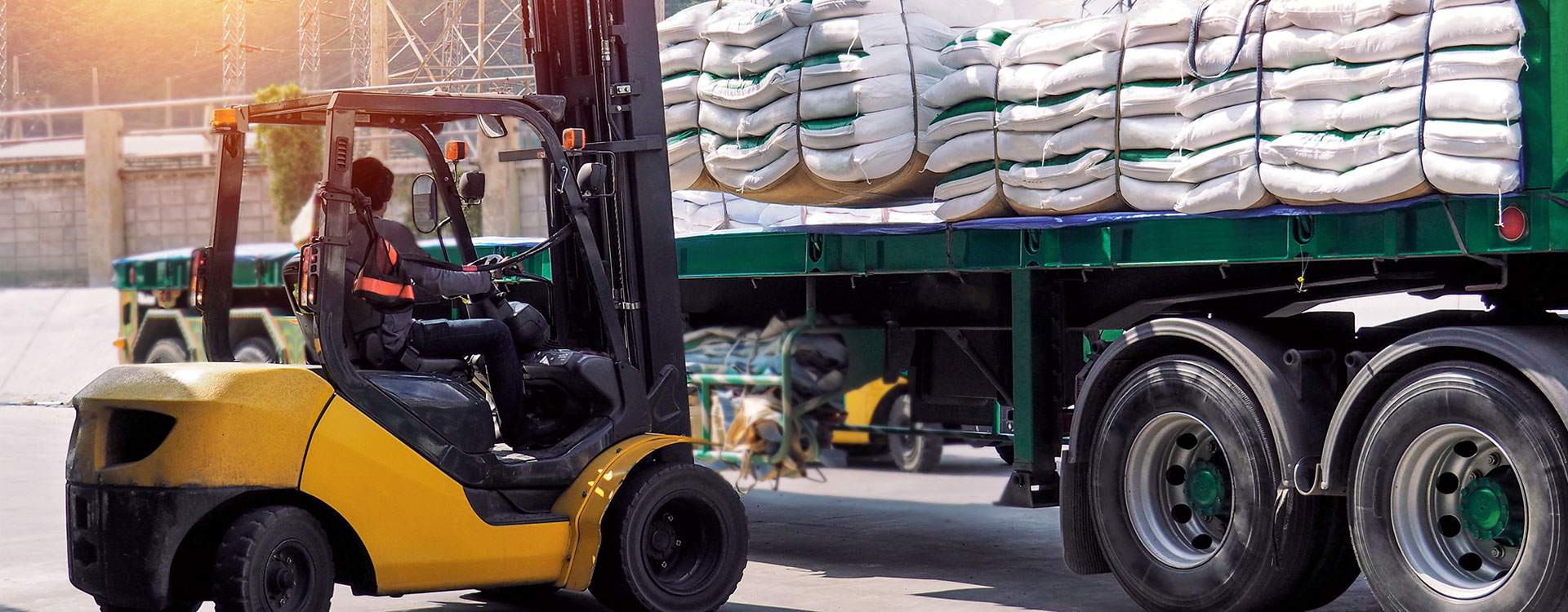
HOW TO KEEP PEDESTRIANS SAFE DURING FORKLIFT OPERATIONS
When it comes to operating forklifts safely, one of the often-neglected aspects is the safety of pedestrians. Material handling facilities typically have people walking around the facility and sharing the same space with pedestrians. The danger to pedestrians is further compounded by the fact that forklift operators may not always have a clear view of the path in front of them, especially if they are carrying bulky loads on the forklifts. This creates a situation where accidents become likely, especially if the forklift operators are not properly trained.
Why Safety Matters
Many inexperienced facility managers often think of safety as a luxury rather than an essential component of their operations. The reality is that a profitable business can be ruined by a bad safety record. Accidents not only disrupt operations but also incapacitate valuable workers, leading to losses for the company. A material handling facility with a bad safety record may also face higher insurance premiums, which in turn lead to higher operating costs. Finally, an unsafe workplace is likely to attract scrutiny by regulatory agencies and this could lead to penalties that may run up to thousands of dollars.
With this in mind, it makes sense to ensure that you are focusing on the safety of pedestrians during forklift operations. Here are some ways in which you can achieve this.
Have Clear Warning Signs
One of the leading causes of pedestrian accidents during forklift operations is the lack of clear signage. Always ensure that safety signs are clear, and all danger zones are clearly marked. Facility managers must also ensure that all workers know what these signs mean, and they are obeyed at all times. This might involve taking disciplinary action in case of non-compliance. New employees must be exhaustively trained as well to read and obey safety signs.
Use Warning Lights and Sounds
All forklifts operating in crowded areas must have warning lights and sounds to ensure that pedestrians are aware of them. This is particularly important in noisy facilities where the sound of the forklifts may be drowned by noisy machinery. Forklift operators must ensure that lights and sounds on their forklifts are working when they perform pre-operation checks. Any problems with the sound or lighting in their forklifts must be fixed immediately before the forklift can be used.
Separate Traffic
To enhance the safety of your facility, there must be clearly designated pathways for forklifts and pedestrian traffic. As much as possible, these different lanes must be kept as far apart as possible. Facility managers must actively enforce compliance to ensure that these lanes are understood by everyone in the facility.
Invest in Training
Signage and warning lights do not matter if forklift operators and factory employees are not well trained on safety aspects during forklift operations. To manage this problem, make sure that you invest in a quality forklift safety training program. Material handling facilities must also ensure that employees also get proper training on how to move around the facility safely while forklifts are being used.


Sorry, the comment form is closed at this time.